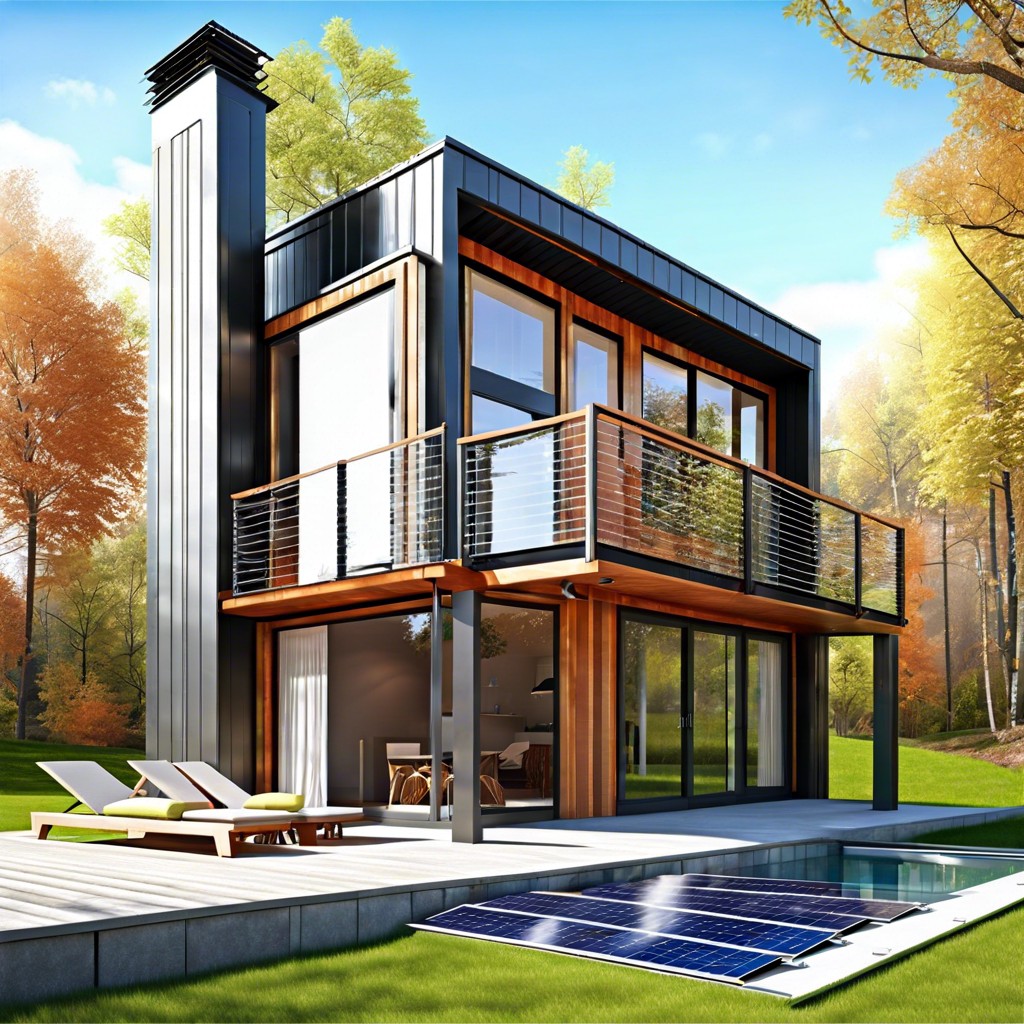Last updated on
The increasing demand for sustainable building materials isn’t just a trend. It’s a solution to improve today’s infrastructures.
The construction industry now regulates the implementation of using sustainable building materials. The goal is to build more improved infrastructure and to help the environment.
In truth, it’s not just cars, factories, and people with a carbon footprint. Even buildings also have carbon emissions and consume about 20-50% of the physical resources. These buildings use many natural resources, including wood, water, energy, etc.
However, with sustainable building materials, the buildings leave a less negative impact on the environment and people’s safety. These construction materials are naturally renewable and recyclable, and many of them are biodegradable.
But what are the most sustainable materials? Read on.
Bamboo

Bamboo can grow at 40mm per hour, quickly outpacing most other plants. If you are looking for sustainable building material, it’s one of your best options.
Bamboo beats steel and concrete in terms of tensile strength. It also weighs far less, making it suitable for buildings of different shapes and sizes.
Bamboo should be cheap and abundant if you’re in the tropics. Use it for walls, floors, roofs, doors, and windows.
Cork
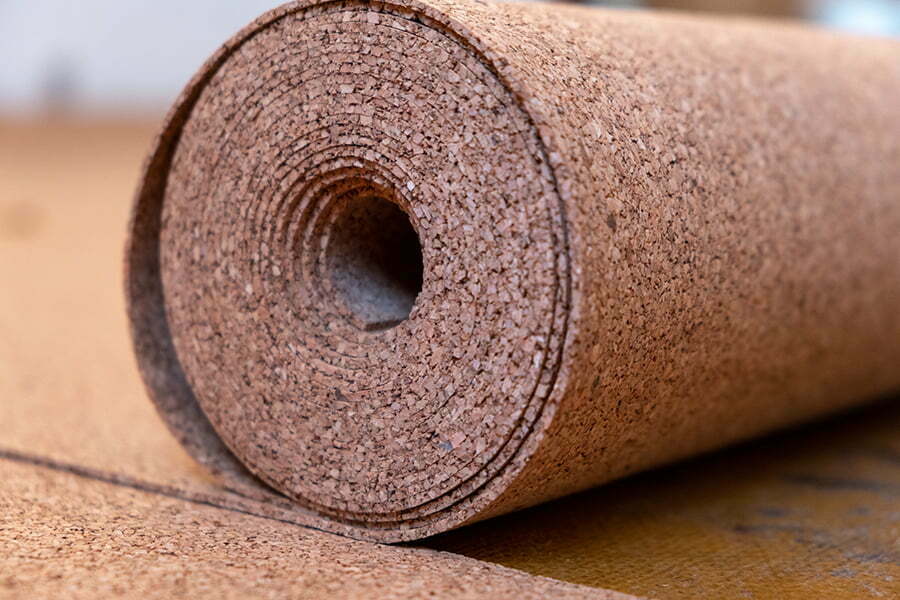
You can harvest cork without cutting trees. Just remove the bark and let the rest of the plant live on so you can gather more later.
Cork will shrug off heat and moisture – ideal for insulation. It can also absorb shock and noise so that you can use it as flooring around your home.
It’s great for people around the Mediterranean where the tree grows. Long-distance shipping makes it less practical and eco-friendly if you live far away.
Stone

You don’t have to worry about additives such as chemicals, resins, pigments, or polymers with natural stone. It’s a healthy option for your home.
Stone is suitable for cladding, landscaping, and paving. Look for sources that extract and responsibly process stones. Certifications are in place to help you find these.
Every stone has unique properties. Get the right type for each application.
Straw Bale

Farms generate large quantities of straw each year. Instead of burning these as waste, permaculture enthusiasts use them to make affordable homes.
Straw bale is an excellent insulator to make comfortable dwellings with minimal energy consumption. Tight packing also makes them resistant to fires.
Unfortunately, building codes may not allow their use in some areas. If you can build a straw bale home, perform regular maintenance to prevent pests.
Mycelium

The quest for sustainable building materials has led researchers to fungi. Mycelium is the connective tissue that is dried to make strong and durable fibers.
You might find these in lightweight yet robust natural bricks in the future. These are also compostable, biodegradable, and non-toxic.
Mycelium can resist moisture and heat, making it ideal for insulating the thermal envelope. It can also regenerate quickly, like all fungi, ensuring continuous production.
Earth Bags

It’s a simple concept: put dirt in sandbags and pile them on walls. Use the earth under your feet to save money and start quickly.
Proper construction allows earthbags to keep out heavy rains and strong winds. Earthbag structures can survive wildfires. They can even stop bullets and floodwaters.
Unlike other building materials, earthbags don’t give off toxic gasses or encourage mold growth. Indoor pollution won’t be a problem.
Reclaimed Wood

Instead of chopping down forests, why not just use existing wood panels? It’s common to recycle materials from demolished old barns and other buildings.
Don’t worry about quality. Reclaimed wood is often stronger than virgin wood. It’s also more attractive so that it can fetch a higher price.
Use reclaimed wood for striking floors, furniture, or feature walls. Look for already clean and smooth piles so you can get to work immediately.
Sheep’s Wool
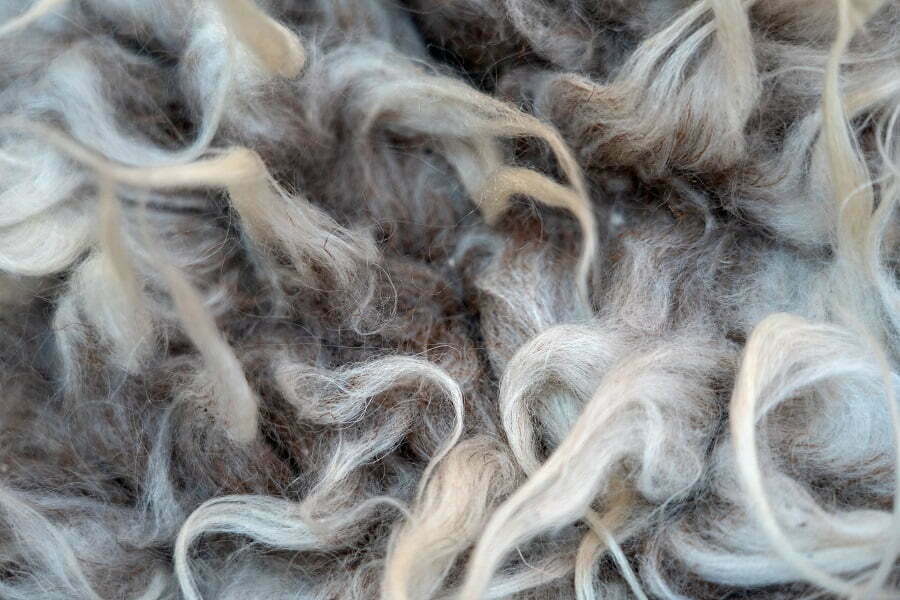
Humans have been using sheep’s wool for clothing since time immemorial. Now we use it as renewable building insulation.
It’s an eco-friendly material naturally sourced from farm animals. You may be able to get wool locally to reduce your carbon footprint.
Wool is suitable for damp environments and is easy to install. It’s also safe and non-flammable. On the other hand, it can be more expensive than other forms of insulation.
Rammed Earth

This old building technique is making a comeback in the name of sustainability. It features layers of damp sand, clay, and gravel bound tightly inside the formwork.
After compacting, these will form strong walls of any width or thickness. They can resist pests, fires, and shocks. The walls will insulate the interiors from heat and noise.
You can quickly get raw materials in your area. However, the process is labor-intensive, and local building codes may not allow rammed earth construction.
HempCrete
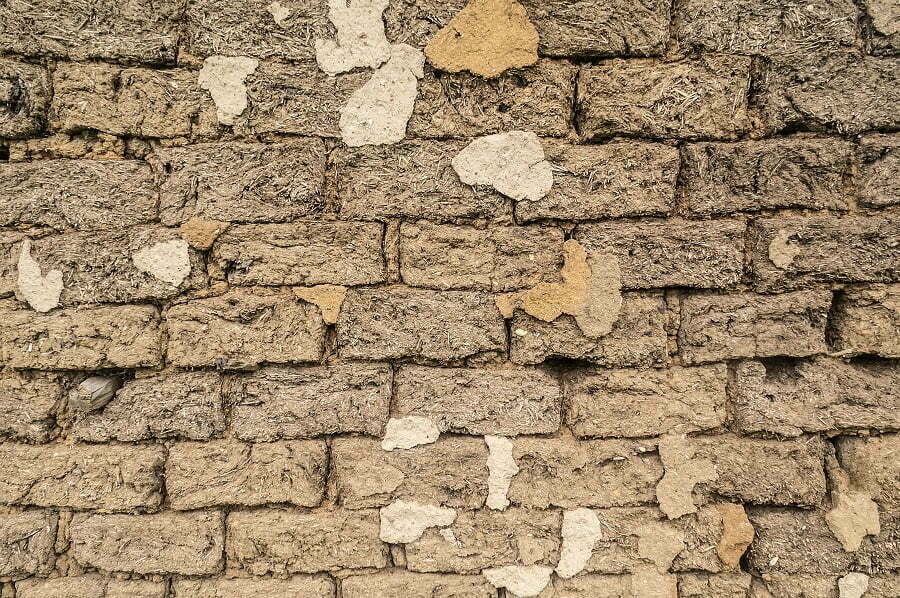
Hempcrete is a mixture of hemp fibers, lime, and binder. It’s sold in blocks and panels. You can also make your mix and spread it across surfaces.
If you are looking for a zero-carbon technique, then this is it. Hempcrete can also resist pests, shocks, and fires. It provides decent noise and thermal insulation.
It’s not the most robust material, so avoid high-load applications. Check online if you can’t find it in local stores.
Ferrock
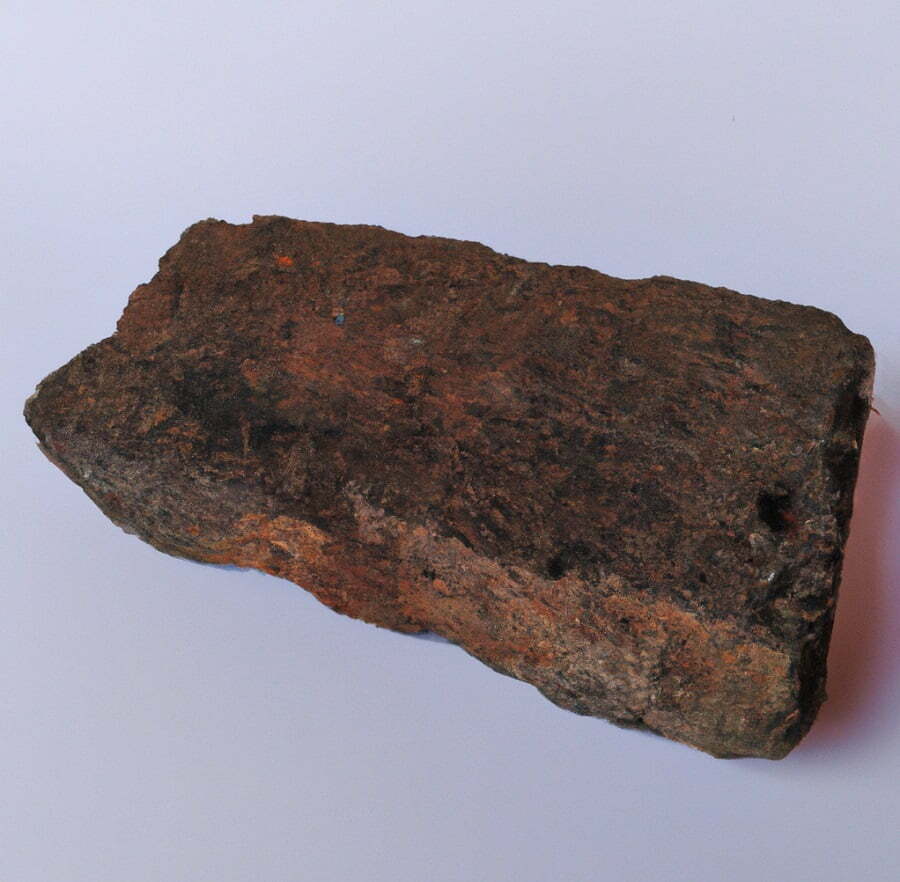
Ferrock is cheap and eco-friendly. This concrete alternative is made from 95% recycled materials like ground-up glass and steel dust.
It’s a good choice for earthquake-prone regions because of its strength and flexibility. It is also tough enough for saltwater and sewage water applications.
Ferrock is a relatively new product, but it’s a promising idea that might soon reach mainstream availability.
Timbercrete
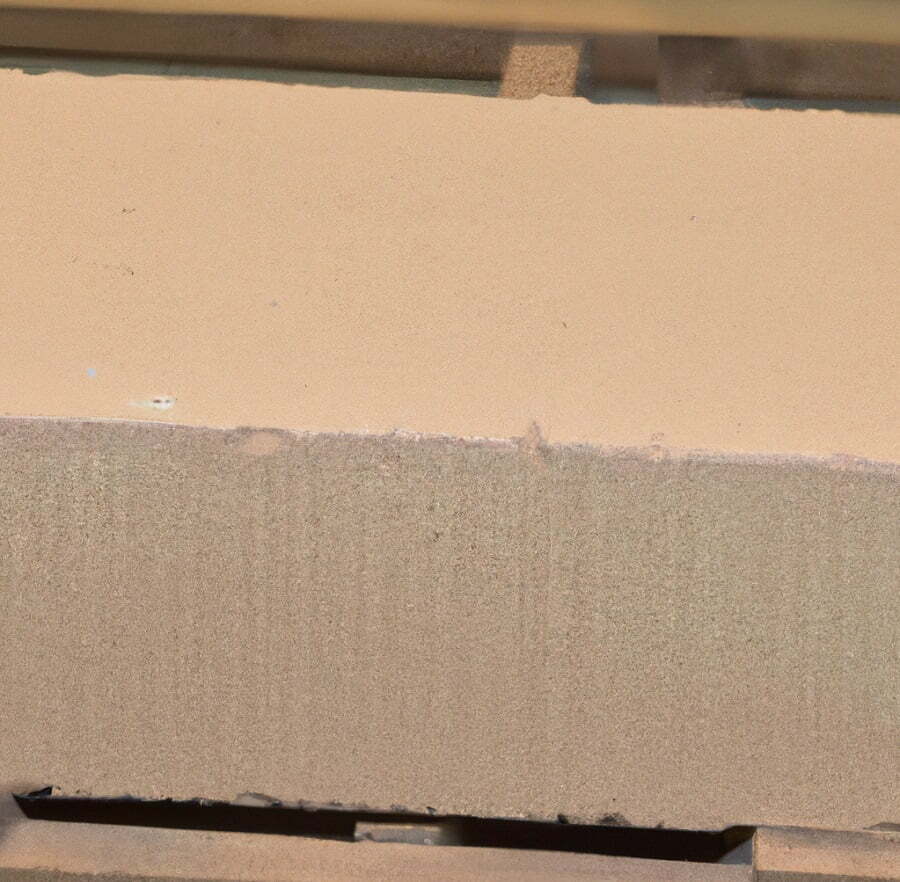
The developers of Timbercrete mixed sawdust and wood chips with cement to make a lightweight concrete substitute. It offers much lower emissions and transport costs.
This versatile material can take on any shape. Timbercrete also meets the US regulatory requirements for fire safety, so more builders are keen to embrace it in their projects.
Keep in mind that it’s not as strong as the usual concrete, although it offers improved insulation.
Terrazzo

Terrazzo is a type of green epoxy flooring. Much of terrazzo’s contents are recycled materials such as broken glass and marble chips.
Terrazzo is non-toxic with built-in fungal and bacterial resistance. It is beautiful and durable, you can see it in many buildings worldwide.
Terrazzo floors are perfect for schools, hospitals, airports, and other commercial projects. You can also use them in kitchens, garages, or living rooms.
AshCrete
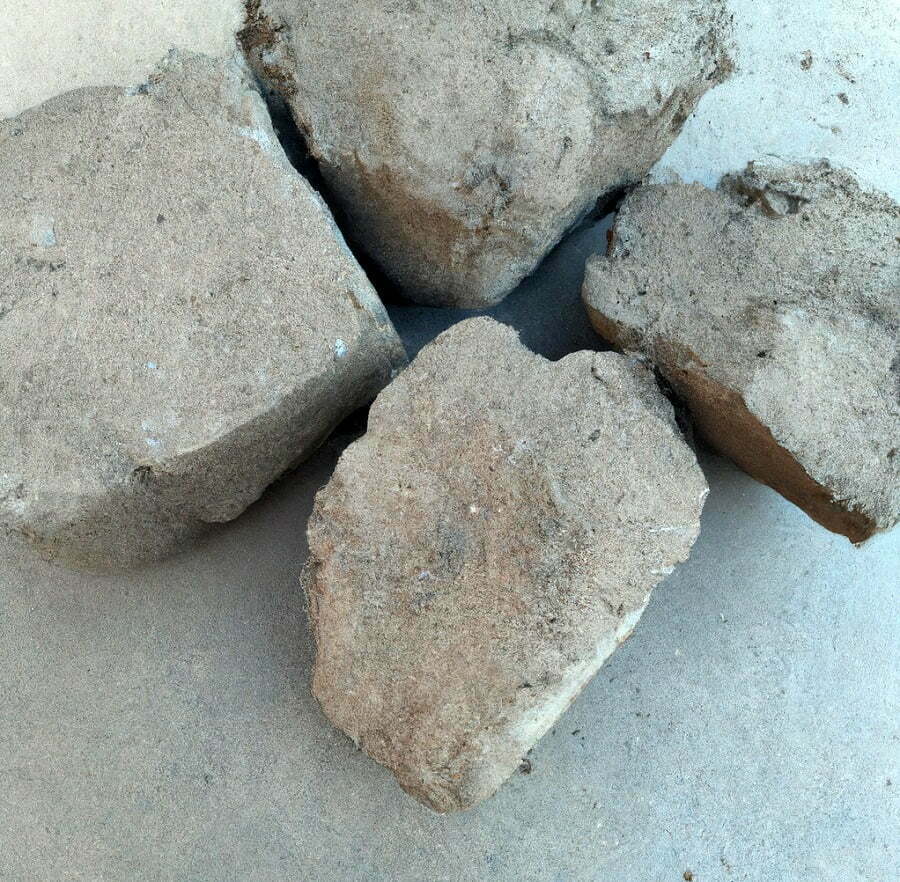
Tons of fly ash are produced after burning coal. Some people thought about mixing it with cement and other chemicals to minimize waste to make AshCrete.
The result is a building material that beats concrete in strength and stability. It can resist heat, acid, and corrosion. It can also capture carbon from the surrounding air.
While we wait to phase out coal, we might as well maximize its by-products and make sustainable building materials.
Cob
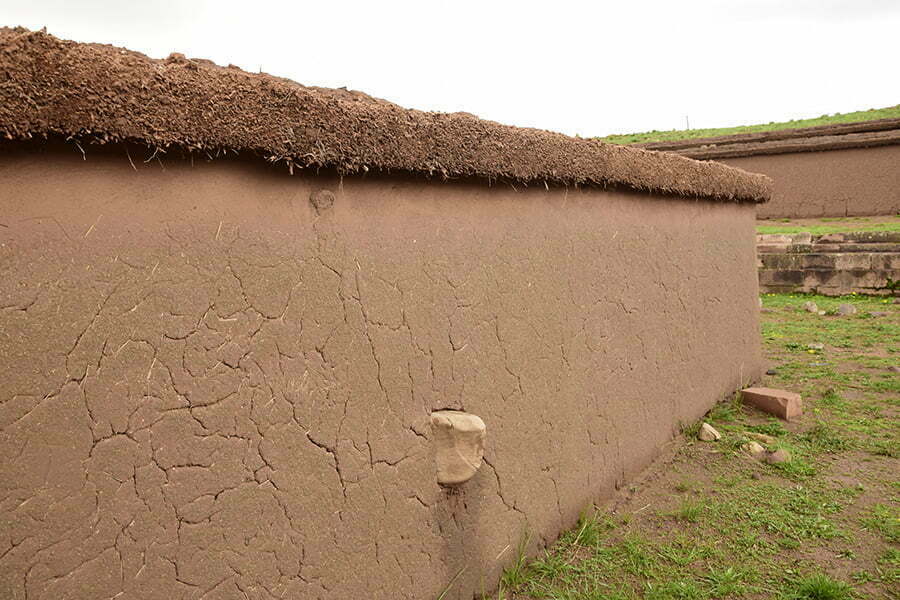
Cob is sand, clay, and straw bound by lime. You can use it if you want reliable yet low-cost wall insulation. It’s suitable for both indoor and outdoor placement.
Cob isn’t new. People have been using it for thousands of years in different parts of the world. Now it’s also getting attention in the US because of its green credentials.
To make cob homes, start with timber or bamboo framing. Keep the structure small and consider rounded shapes.
Cordwood
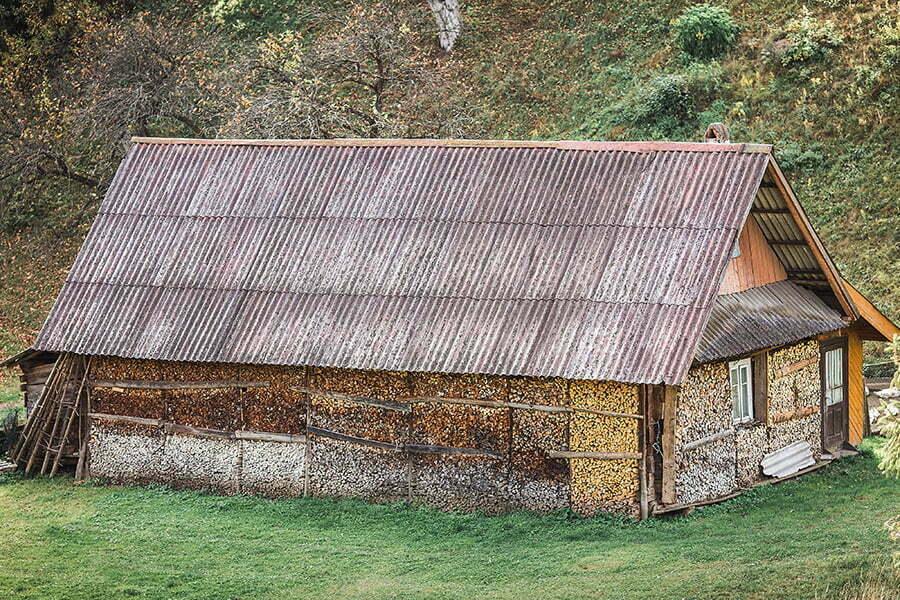
During the Great Depression, people used cordwood to make homes because it was cheap and easy. Many are revisiting it today in appreciation of its sustainability.
It’s a kind of timber that comes from logs, cut into 18-inch pieces. If you want an affordable lumber alternative, try this recycled wood.
You can mimic the look of a log cabin with cordwood. Use a mortar mix to provide additional insulation.
Clay Brick
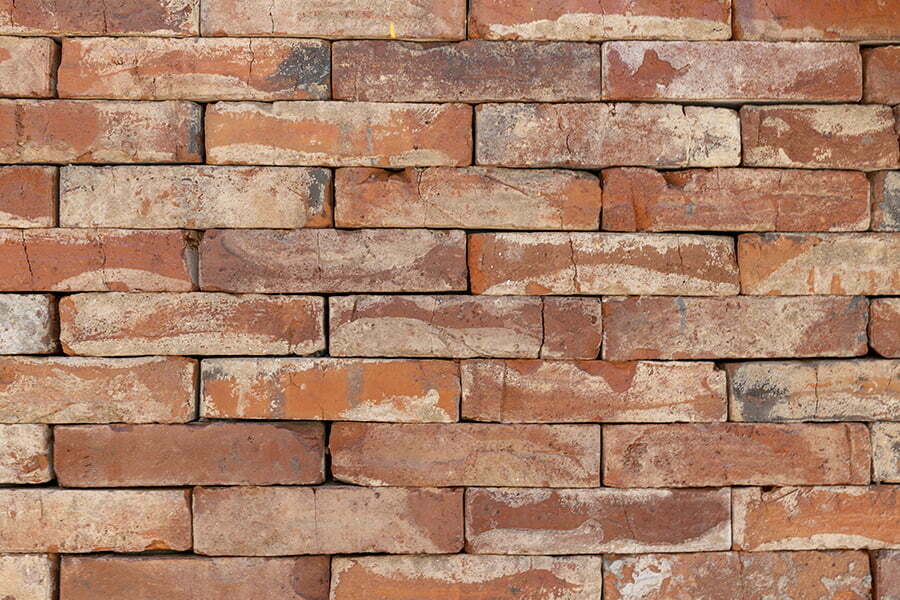
Clay bricks are small earthen materials bonded together by mortar. They are inexpensive, durable, and easy to reclaim.
Use clay bricks if you are conscious of fire protection and humidity control. They will perform well on both fronts while providing you with excellent insulation.
Choose unfired clay bricks, which are air dried instead of fired, to make recycling easier. Just be mindful that these are not load-bearing materials.
Plant-based Polyurethane Rigid Foam

This green insulating material is made from bamboo, kelp, and hemp. That’s a trio of fast-growing plants, ensuring long-term sustainability.
It is an excellent choice if you want a dependable and eco-friendly heat barrier. The natural components are non-toxic. The material is also mold and moisture-resistant.
Plant-based polyurethane rigid foam may not be as strong as traditional rigid foam polymers, but it is a much healthier addition to your home.
What is the Most Sustainable Building Material?
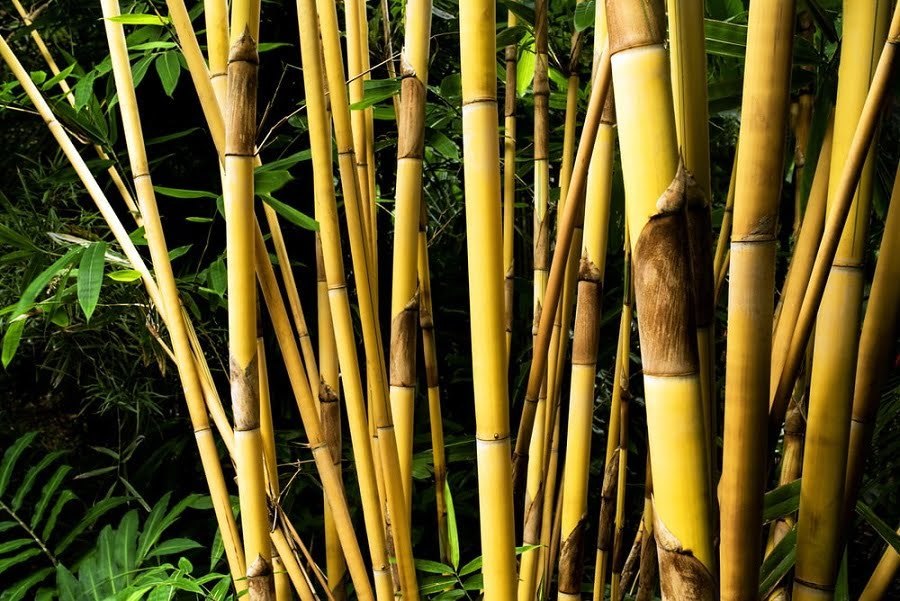
Multiple definitions of sustainability make it hard to pinpoint a single superior building material. Some favor locally-sourced products, while others look at the total energy needed from production to transportation.
You would also need to consider climatic suitability and projected replacement frequency. Don’t forget about the amount of available raw materials, as well as the rate of regeneration.
Commonly cited sustainable building materials include bamboo, cork, reclaimed wood, recycled metal, and sheep’s wool.
Table of Contents


